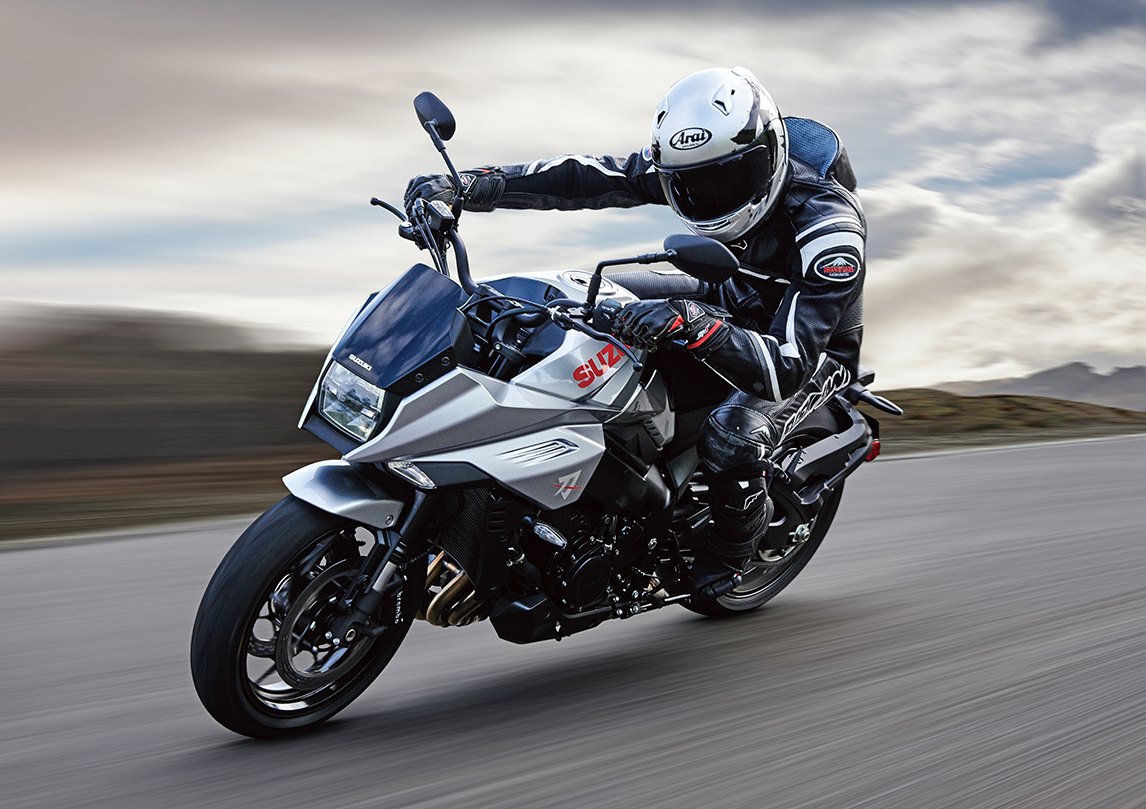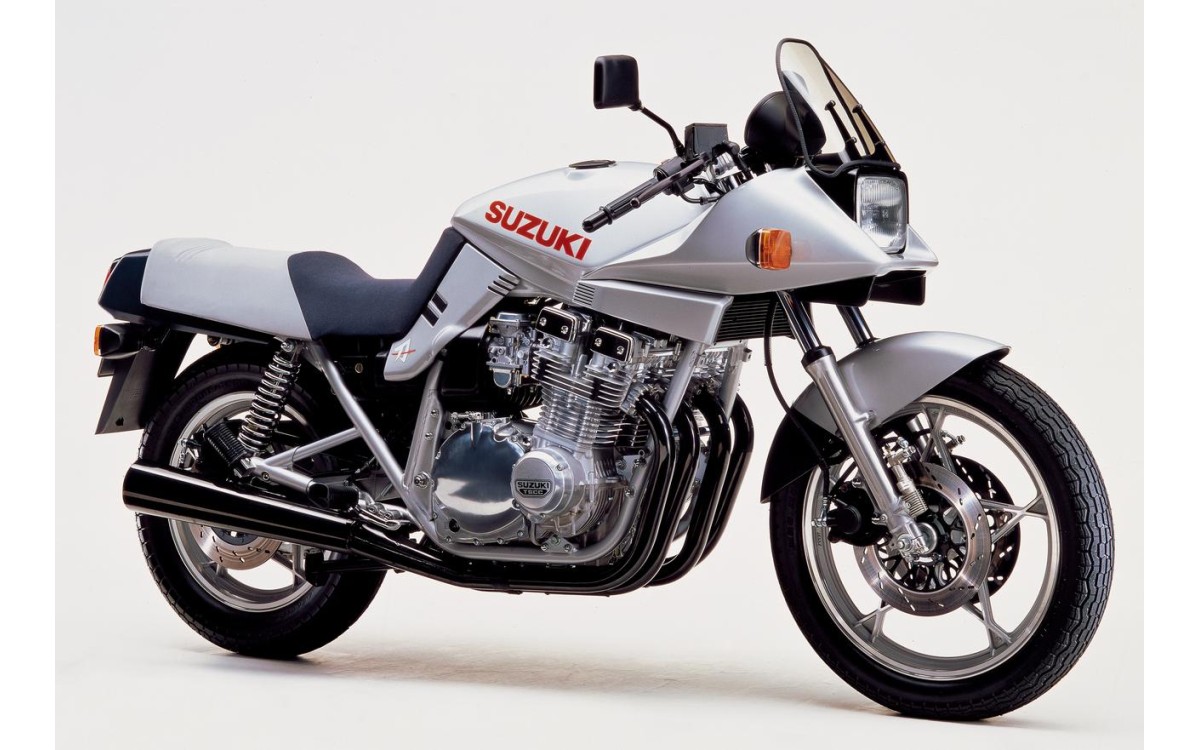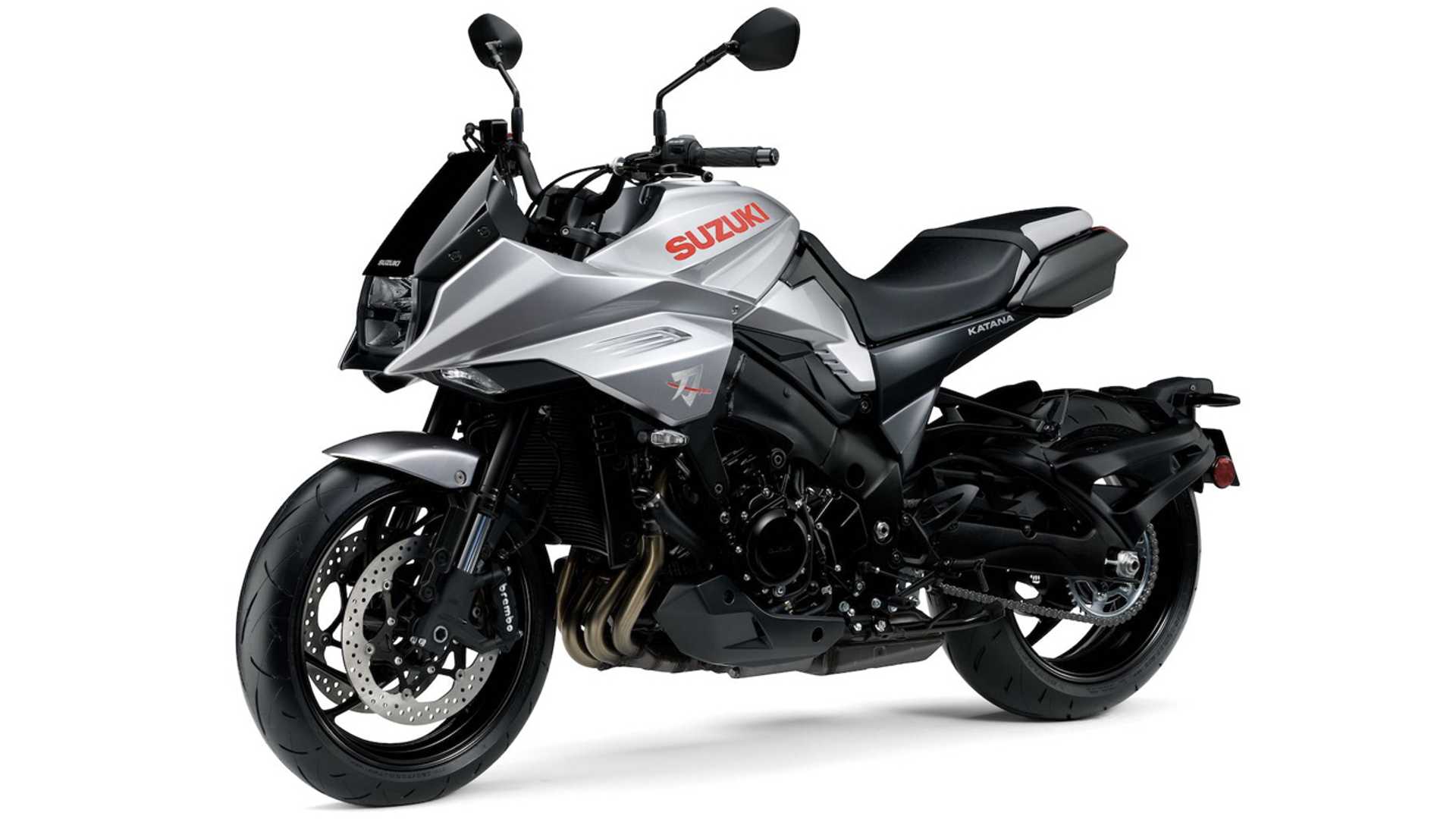
The Suzuki brand is going to have a new caretaker soon. That is great news because while the new Katana made great news when it was launched last year, it never caught on. Suzuki fans blamed it on the lack of initiative by the previous distributor. So, we hope that the new distributor will do better with the brand and especially the Katana after this.
The Katana is a legend, after all. And like all legends, there were high times along with the low.
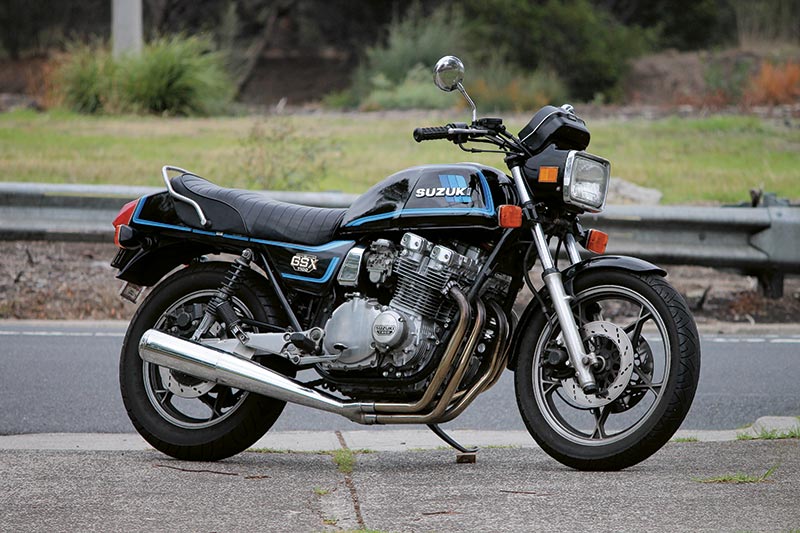
In the beginning
In 1979, Suzuki had nothing but the GSX1100 to show for. While it was a competent and fast bike on the track, most buyers thought it was ugly and too heavy, nevermind that it had a bulletproof engine. Consequently, Suzuki struggled in the European market.
Suzuki Europe’s marketing director, Manfred Becker, voiced his concerns to one of his friends. That friend happened to be Hans Muth. Muth became famous after he designed the BMW R100-series, especially the R100S and R100RS. These were two bikes produced by BMW to break their image of being “too serious.” Muth had convinced Becker that the Japanese manufacturer needed something fresh since they were the most old-fashioned. Becker agreed.
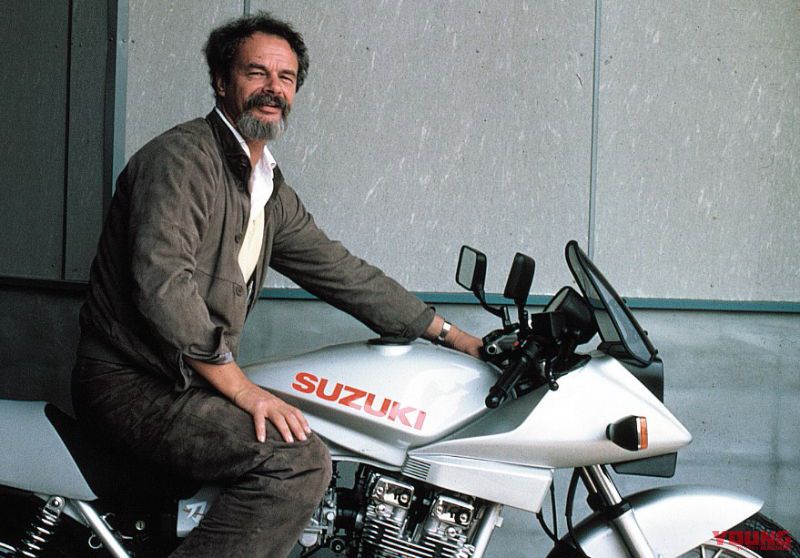
Hans Muththen approached his two buddies, Hans-Goerg Kasten and Jan Fellstrom with the Suzuki project. The latter two were still at BMW Motorrad at the time. Kasten would later reveal that BMW Motorrad was very conservative during the time, hence the difficulty in pushing new designs through.Muth, Kasten and Fellstromcreated a new design firm to work on the new Suzuki. The company was named Target Design. (The company is still operating as of today.)
Target Design’s first task was to updatethe styling of the GS550. That prototype was eventually called the ED-1 (for European Design-1). It impressed the Japanese, thus they commissioned the redesign of the GSX1100.
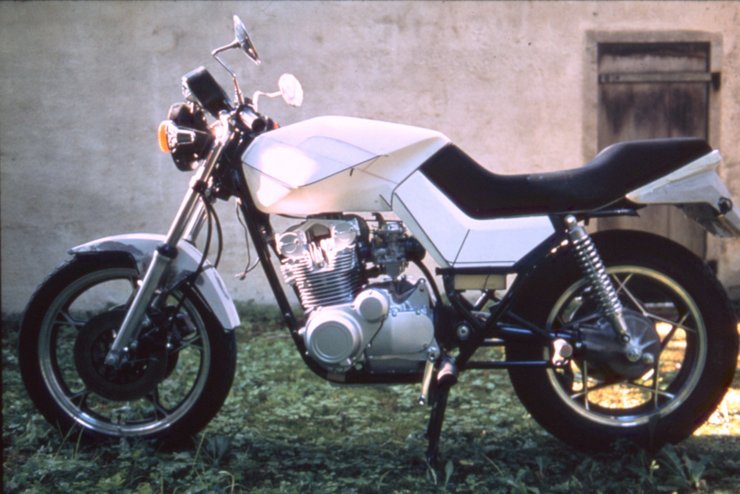
After a design drawing was sent to Japan, the manufacturer instructed the team to create a 3D model as quickly as possible. A clay mock-up was produced and sent to Japan where Suzuki quickly built a show prototype.The second prototype was called ED-2, and it became the basis for the Katana.
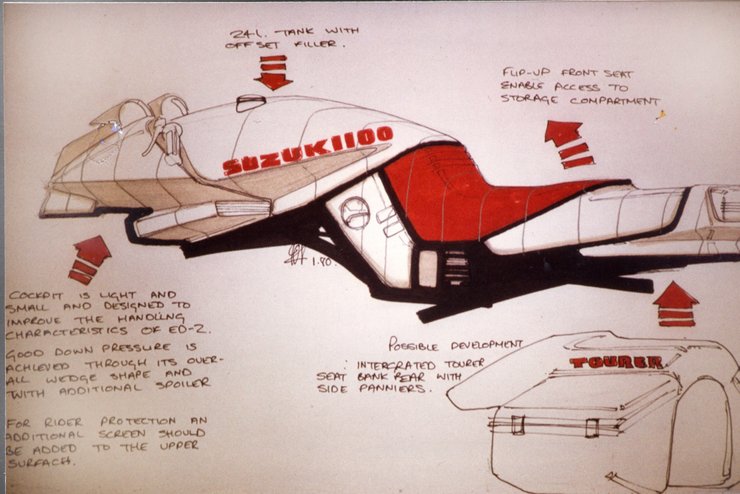
Both the ED-1 and ED-2 prototypes were revealed at the IFMA Exhibition in Cologne in 1980. Motorcycle fans went ga-ga over them. Rival manufacturers were caught off guard.
Next to its contemporaries, the Katana looked like it rolled out of a spaceship. A typical bike of that era had a distinctly separate fuel tank, seat and battery cover (side panels). That design had survived since the early 1900s.
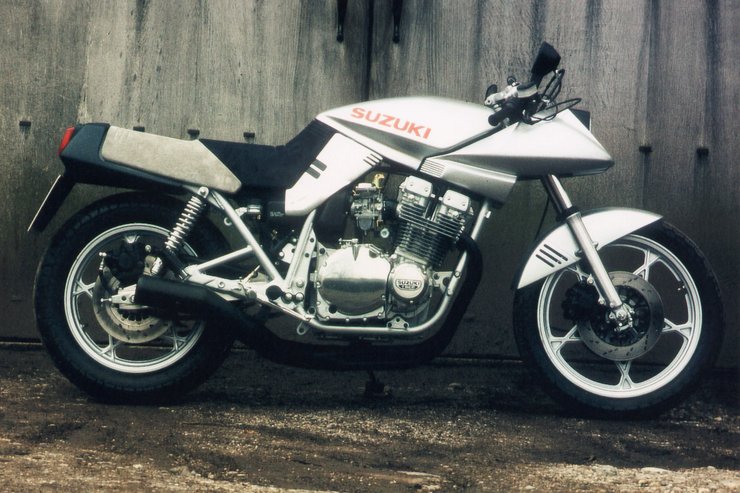
ED2 prototype
Conversely, the Katana’s sculpted fuel tank and seat meet each other in a continuous line. Besides that, the fuel tank was pushed higher up to provide a narrow “waist” for the rider’s knees (the beginning of knee cutouts in the tanks today). The usual rectangular battery cover was also gone, replaced by a flowing panel. This design became the basis of every modern motorcycle today (apart from modern retros).
The Katana makes production
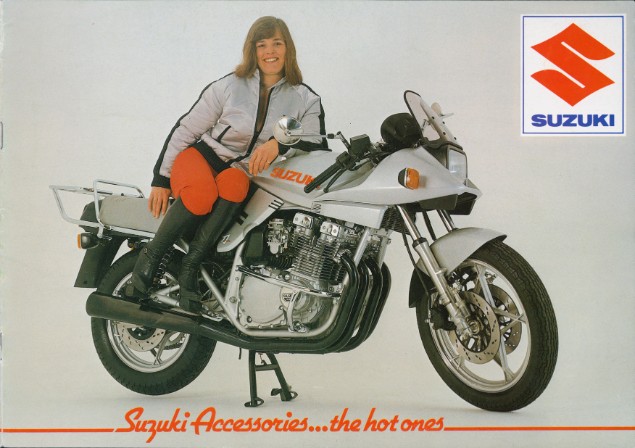
Suzuki was encouraged by the reception and decided to put the bike into production, calling it the GSX-1000S KATANA. There was no doubt that the bike’s sharp lines draw parallels to the legendary Samurai sword.
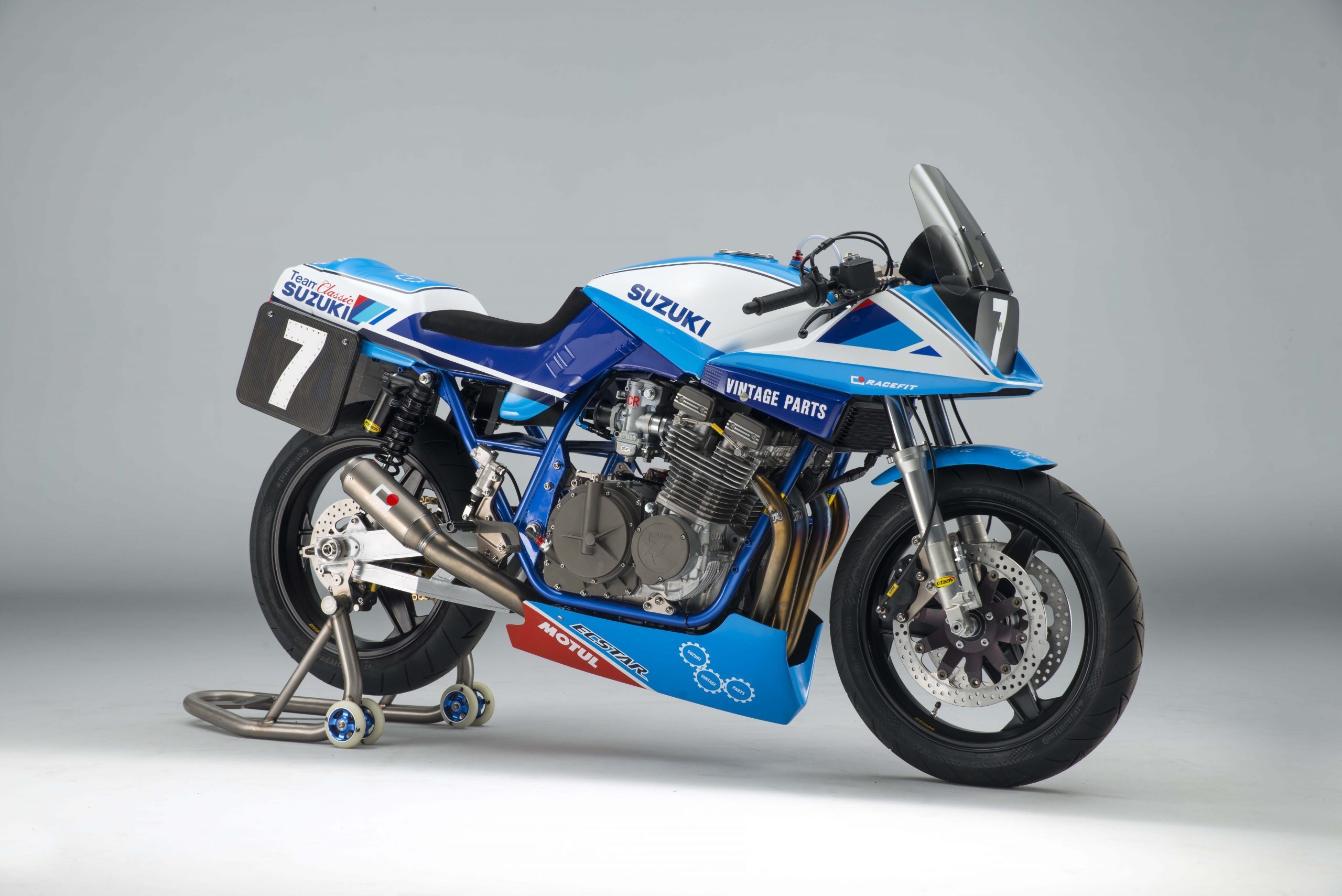
A year later in 1981, Suzuki also launched the GSX-1000SD Katana, which was built primarily for racing. This is the rarest and collectors will pay handsomely for one.
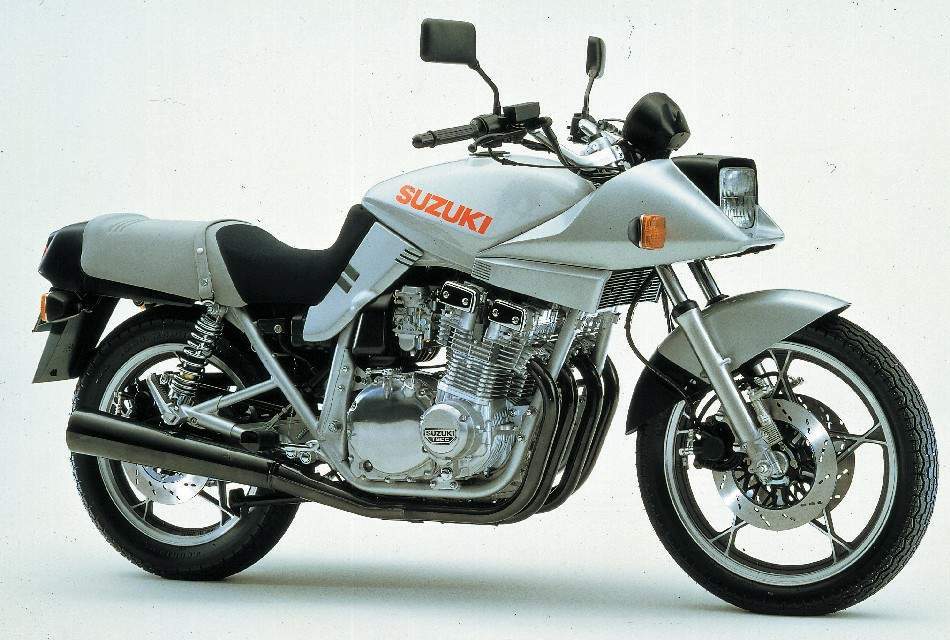
The manufacturer also launched a 750cc version in 1982 for the Japanese market. The distinguishing feature being the lack of a windshield, and it followed the ED-2 concept more closely.
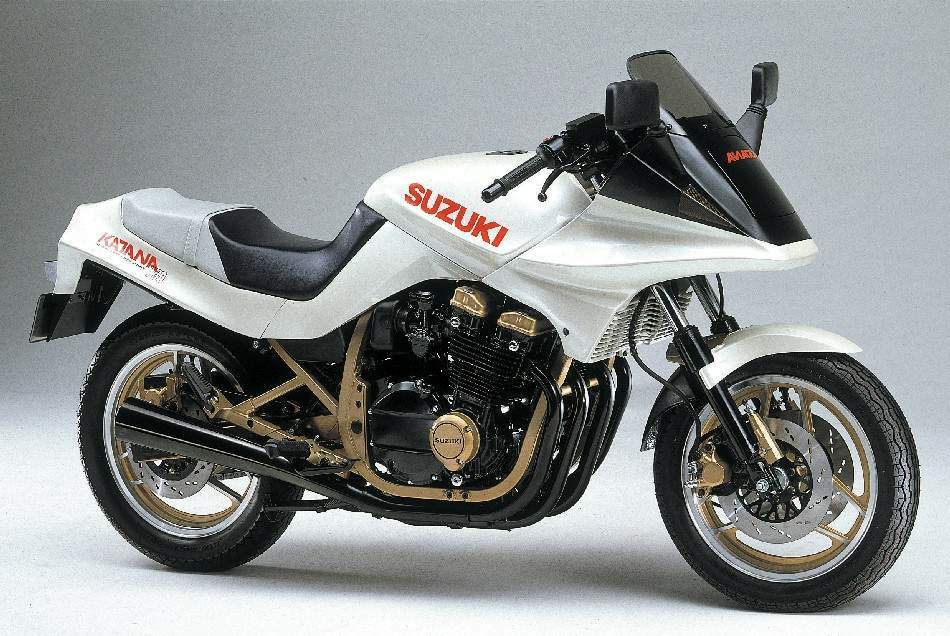
But the perhaps the most famous Katana would follow in 1984. The GSX-750SE was all-white with black accents, plus gold frame and wheels. But the most famous feature was the pop-up headlight which we will never see again. It was also intended for the Japanese market only, but many found their way to other countries, including Malaysia. Here it’s known as the Shark Katana (Katana Jerung).
The downfall of the Katana
In 1983, Suzuki launched the RG250 Gamma. It was the first road bike to utilize an aluminium frame, housed inside an all-wrapping racy bodywork. That made it the first true modern race replica.
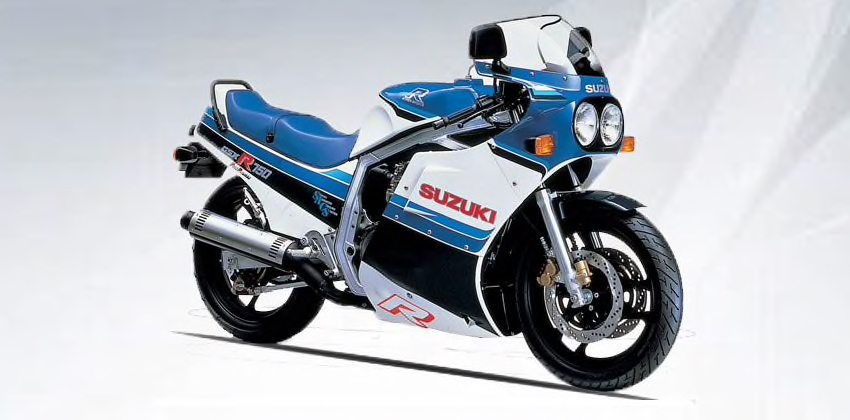
Suzuki followed up on that success with the Japan market only RG400 in the next year, but 1985 was considered the watershed year with the debut of the GSX-R750. This was the first large-capacity race replica. Light, powerful, it could fight for glory on the track with minimal modifications.
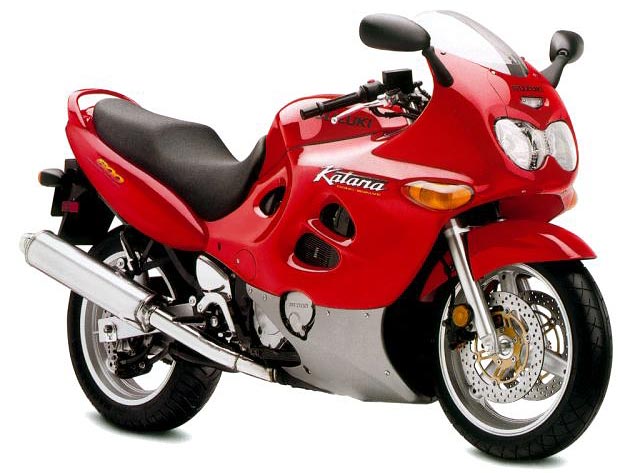
Unfortunately, 1985 was also the last year for both the 1000cc and 750cc Katanas.
Suzuki did attempt to elicit the Katana name in subsequent models, but they were ugly and weren’t fast at all.
The Katana returns
Fans of the bike rejoiced when the manufacturer announced plans for a new Katana and it made its debut in 2019. The new bike adopted its engine from the naked GSX-1000 and Suzuki gave it new styling elements combined with the classic lines of the er… classic Katana.
